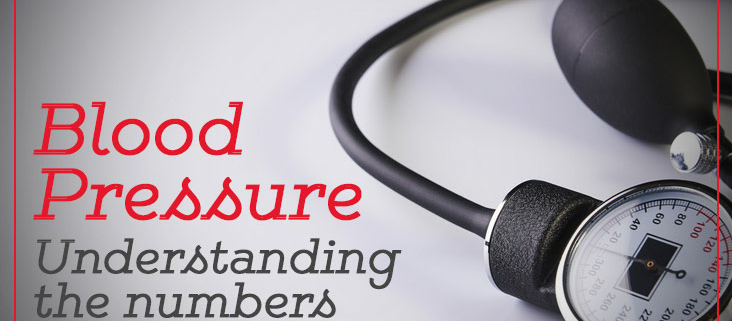New guidelines released this past fall by the American College of Cardiology and the American Heart Association have changed the way you should be looking at your blood pressure numbers. High blood pressure is now defined as 130/80 and higher, which differs from the older definition of high blood pressure as 140/90 or higher.
But what exactly is blood pressure, and what do these numbers mean?
Blood pressure is the pressure your blood puts on the walls of blood vessels as it circulates through your body. High blood pressure is when the force of the circulating blood is consistently too high, putting individuals at risk for health issues such as strokes, heart attacks, and heart failure among other conditions.
When an individual has his or her blood pressure taken, two numbers are given – a top number and a bottom number (i.e. 120/80). The top number represents the systolic number, which indicates how much pressure the blood is exerting against the artery walls as the heart beats. The bottom number represents diastolic pressure, or how much pressure the blood is exerting on the artery walls in between the heart beats when the heart is at rest.
According to the American Heart Association, ideal blood pressure is less than 120/80.
High blood pressure doesn’t usually have any signs or symptoms, so having your blood pressure tested by a healthcare professional and knowing your numbers is the best way to protect yourself. While it can’t be cured, high blood pressure can be managed through lifestyle changes and even medication when necessary. Be sure to discuss your blood pressure with your physician.



